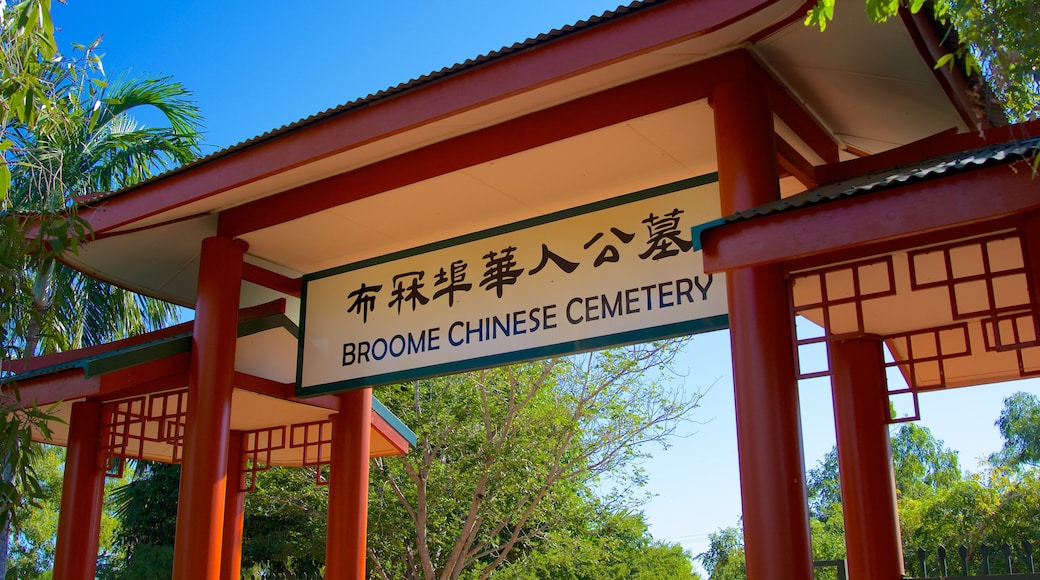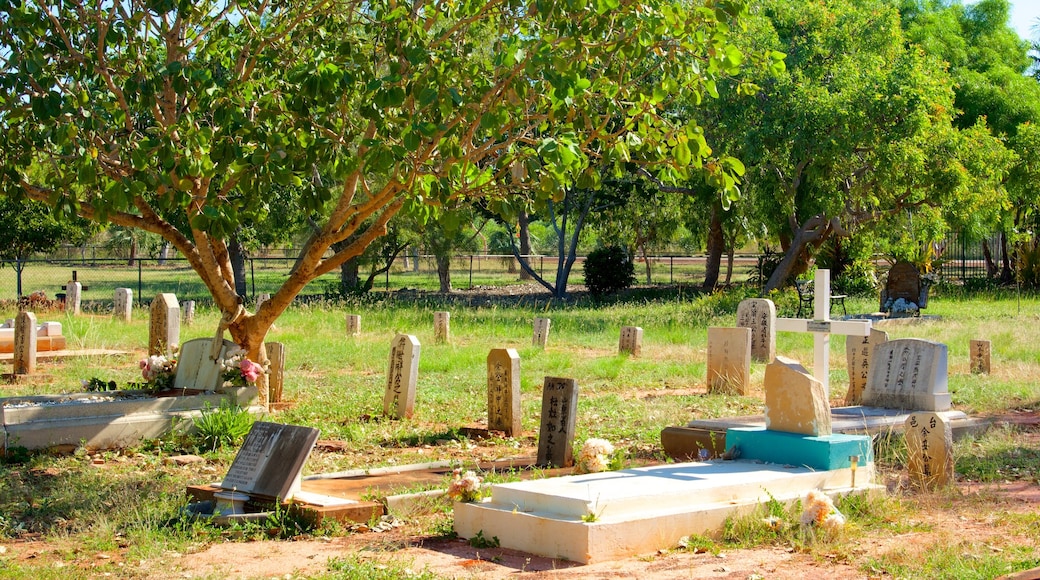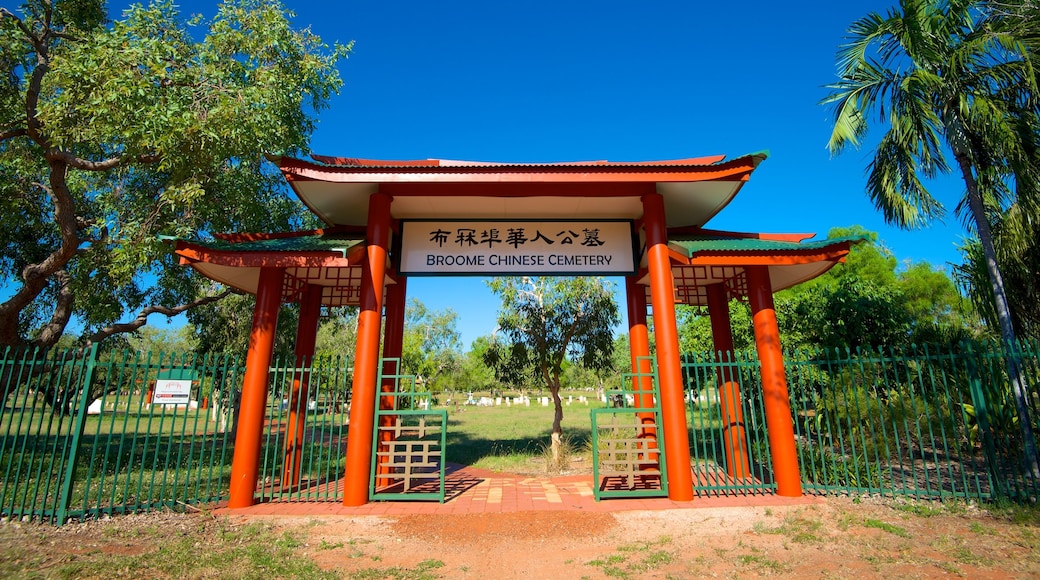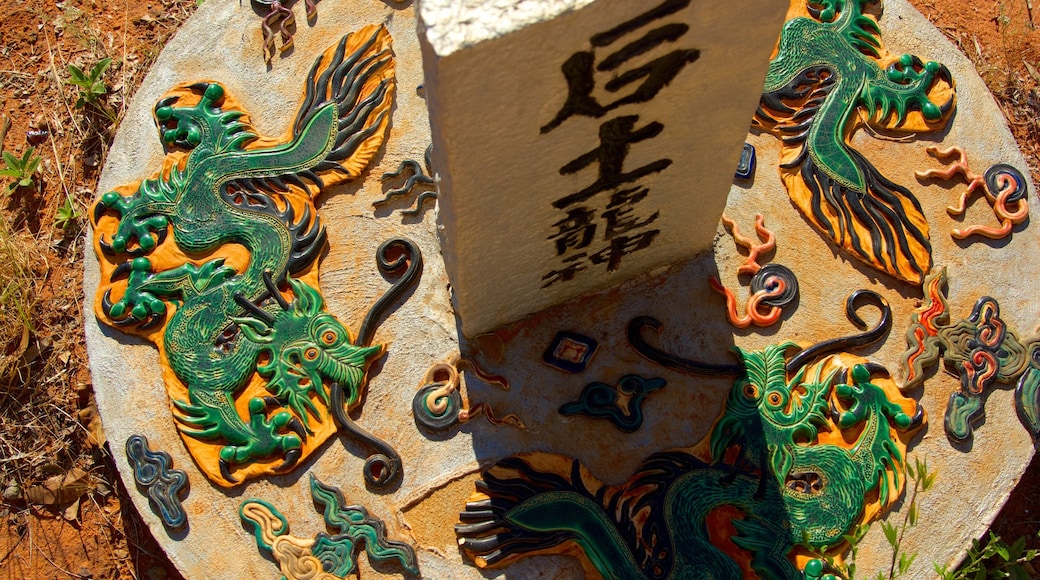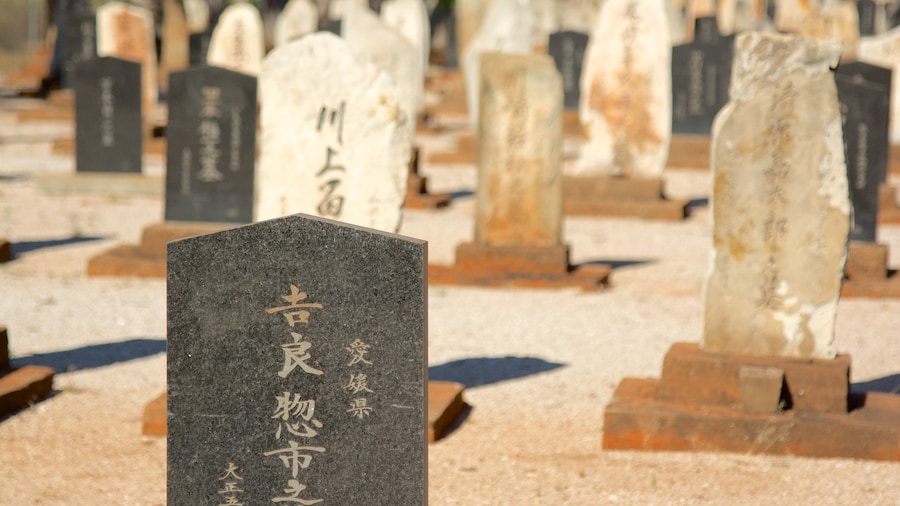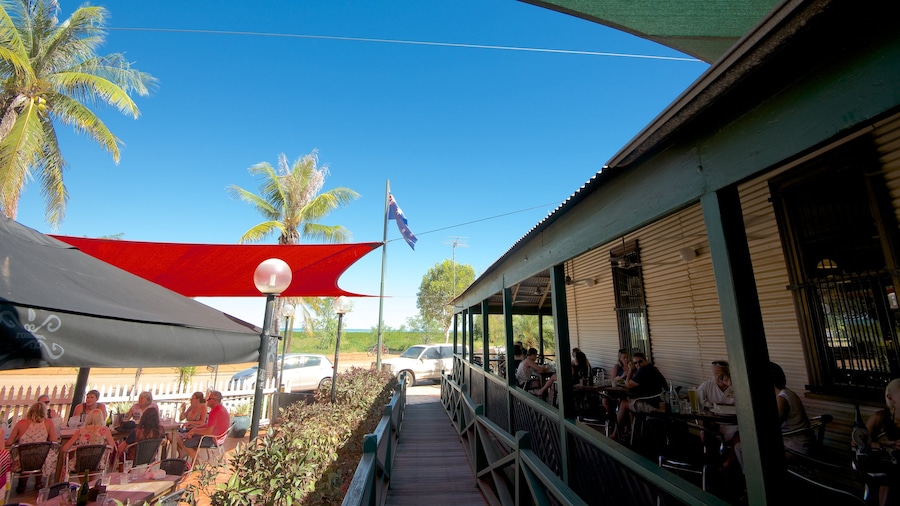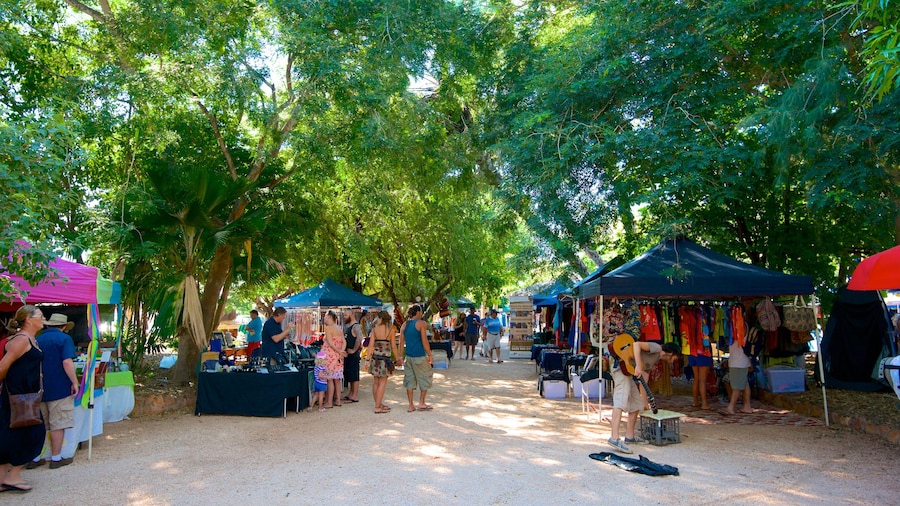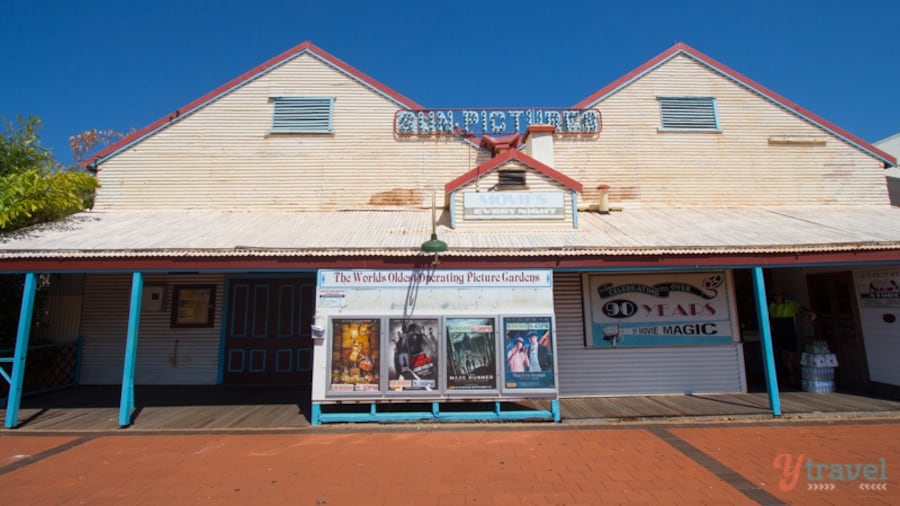Broome’s Chinese Cemetery has more than 90 graves and funerary monuments dedicated to the town’s Chinese inhabitants. Wander around the peaceful site and the adjacent cemeteries, read the epitaphs and reflect on the loss of human life that came about as a direct result of the town’s once-thriving pearl industry.
Chinese migrants, together with migrant groups from other Asian nations, were drawn to Broome in the late 19th and early 20th centuries because of its booming pearling industry. The Chinese Cemetery is beside the city’s Japanese, Muslim and Aboriginal graveyards, all standing as testimony to the city’s multicultural past.
Stroll around the cemetery, weaving among the tombstones and soaking up the serene and tranquil atmosphere. Make note of the dates inscribed on the gravestones, which give a good indication of when the Chinese workers would first have arrived. Many Chinese people would have worked as shopkeepers in Broome’s town center.
Next door to the Chinese cemetery is the even larger Japanese cemetery, where more than 900 people are buried. This is the largest Japanese cemetery in Australia. Many of the people buried at this site were killed while diving for pearls. Because diving was such a dangerous pursuit, many European boat owners would not do it themselves, instead forcing indentured Japanese laborers to take the plunge instead. Many succumbed to the deadly decompression illness, commonly known as “the bends.” On other occasions, whole fleets were lost to cyclones.
Continue on to the much smaller Muslim cemetery, which continues the documentation of the loss of human life attributed to the pearl industry. The graves of several Malay pearl divers can be seen here. A small Aboriginal section, set around 165 feet (50 meters) south of the Japanese cemetery, can also be found here.
The Chinese Cemetery is located just off Port Drive, in between Broome and Cable Beach. Entrance is free. For a more rewarding trip to the cemetery, read up on the history of Broome’s pearling industry before your visit.
